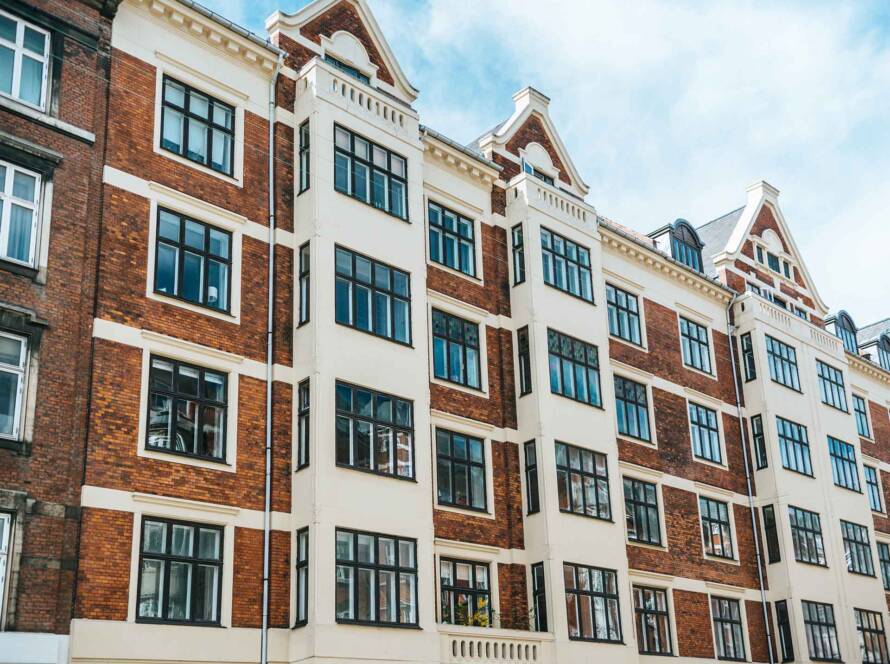Even with a well-prepared planning application, refusals do happen. It’s frustrating, particularly when you’ve invested time, resources, and energy into a scheme that aligns with both your ambitions and policy. But a refusal isn’t the end of the road—it’s an opportunity to take stock, refine your approach, and if needed, challenge the decision through a formal appeal.
Understanding how the appeals process works, and what makes for a strong submission, can make all the difference when you’re working on commercial development projects that can’t afford unnecessary delays or dead ends.
When to consider a planning appeal
Refusals can stem from a range of reasons: policy interpretation, design concerns, impact on neighbouring sites, or perceived conflicts with local character. Some are worth contesting; others may highlight genuine gaps in the proposal that need addressing first.
Before appealing, ask:
-
Is the refusal based on something that can be reasonably argued or evidenced against?
-
Was the decision consistent with national and local policy—or overly subjective?
-
Were any alternative solutions or compromises explored during the process?
Appealing a refusal is worth pursuing when the scheme has a strong foundation, and the refusal seems disproportionate, inconsistent, or rooted in misinterpretation.
Understand the reasons for refusal
The refusal notice will outline why the application was rejected. It’s important to break this down, line by line. Some reasons might be relatively minor and easily addressed; others may require deeper technical evidence or design changes.
Key things to look for:
-
Policy references – Are the cited policies accurate, and have they been applied correctly?
-
Design concerns – Do these relate to massing, materials, or character? Can they be countered with clearer visuals or contextual analysis?
-
Technical objections – Things like highways, drainage, or ecology often require input from specialists to challenge effectively.
Once the issues are fully understood, you can decide whether to resubmit with changes or go to appeal with confidence in your position.
Know your options: written reps, hearing, or inquiry
There are three main routes to appeal in England, each suited to different levels of complexity:
-
Written representations – The most common and straightforward method. Your case is submitted in writing and assessed by a planning inspector without a formal meeting.
-
Hearing – A round-table discussion, typically used when there are more detailed issues to explore, but not so complex as to require legal teams.
-
Public inquiry – A formal legal process, often reserved for large-scale or contentious developments, with expert witnesses and legal representation.
For most commercial schemes, written representation is sufficient—particularly where there’s a strong set of documents and a clear response to the reasons for refusal.
Strengthen your appeal with design-led thinking
The success of an appeal often comes down to clarity, consistency, and evidence. A strong design narrative backed by policy alignment is a powerful tool.
Here’s how thoughtful design supports the case:
-
Visuals that clarify intent – Clear, high-quality drawings, 3D views and contextual diagrams help inspectors understand the proposal’s relationship with its surroundings.
-
Policy-matched reasoning – A well-structured appeal draws direct connections between your scheme and the relevant sections of the Local Plan or National Planning Policy Framework (NPPF).
-
Addressing specific concerns – If the refusal raised concerns about overlooking, traffic, or materials, your appeal should show how those have been addressed or misunderstood.
Architectural design is often at the heart of a refusal—so it should be central to your response too.
Consider amending and resubmitting first
In some cases, a resubmission may be more effective than an appeal—particularly where dialogue with the local planning authority (LPA) was positive and there’s willingness to engage.
Reasons to consider resubmitting:
-
The refusal is based on fixable issues – such as minor design tweaks or overlooked documentation.
-
Timelines are a priority – Appeals can take months. A quick resubmission could move things along faster.
-
There’s value in negotiation – If pre-application discussions were constructive, and there’s an appetite for compromise, a resubmission with amendments may avoid further conflict.
It’s worth reviewing this with your design and planning team before going straight to appeal.
Final thoughts
Planning refusals are frustrating, but they don’t have to derail your project. With the right support, they can be turned into an opportunity to strengthen your proposal, clarify your strategy, and ultimately move forward with confidence.
If you’re dealing with a refused application or considering the best way to respond, we’re happy to help. From reviewing refusal reasons to preparing visual materials and appeal documents, we bring a design-led, policy-aware approach that puts your project back on track.
Get in touch to talk through your options and make your next move with clarity and confidence.

